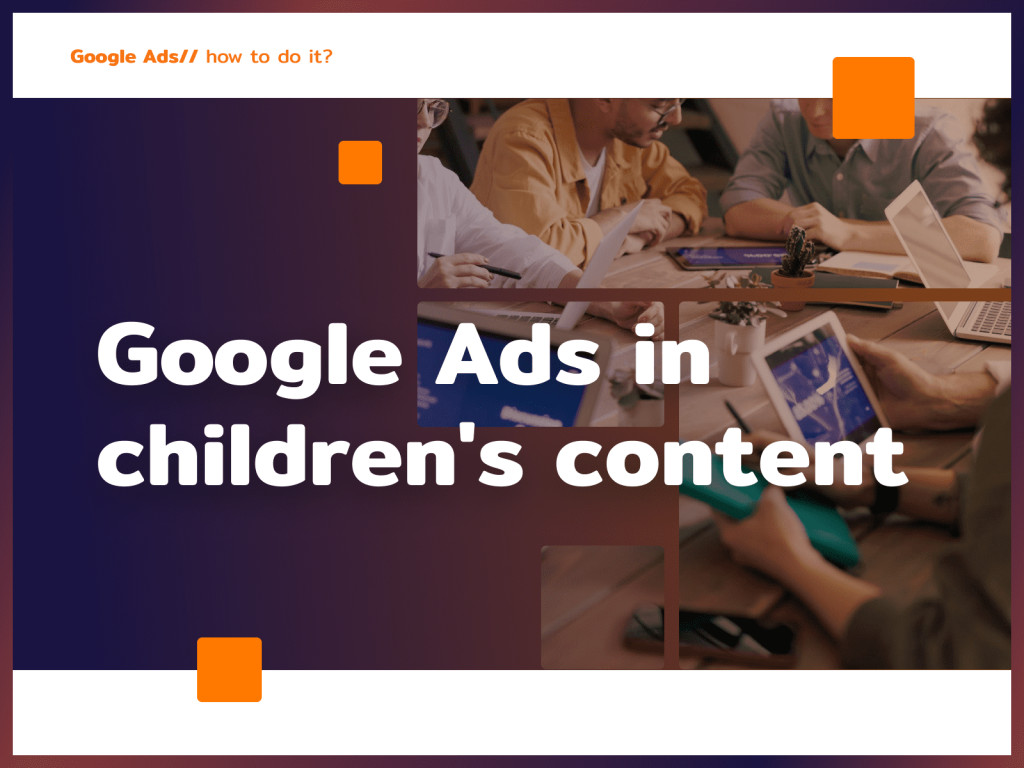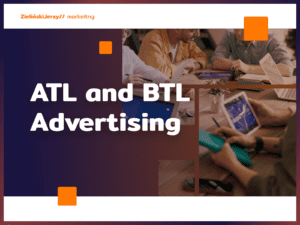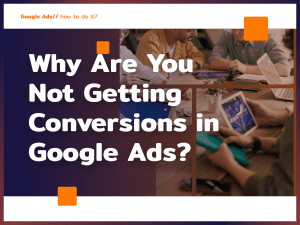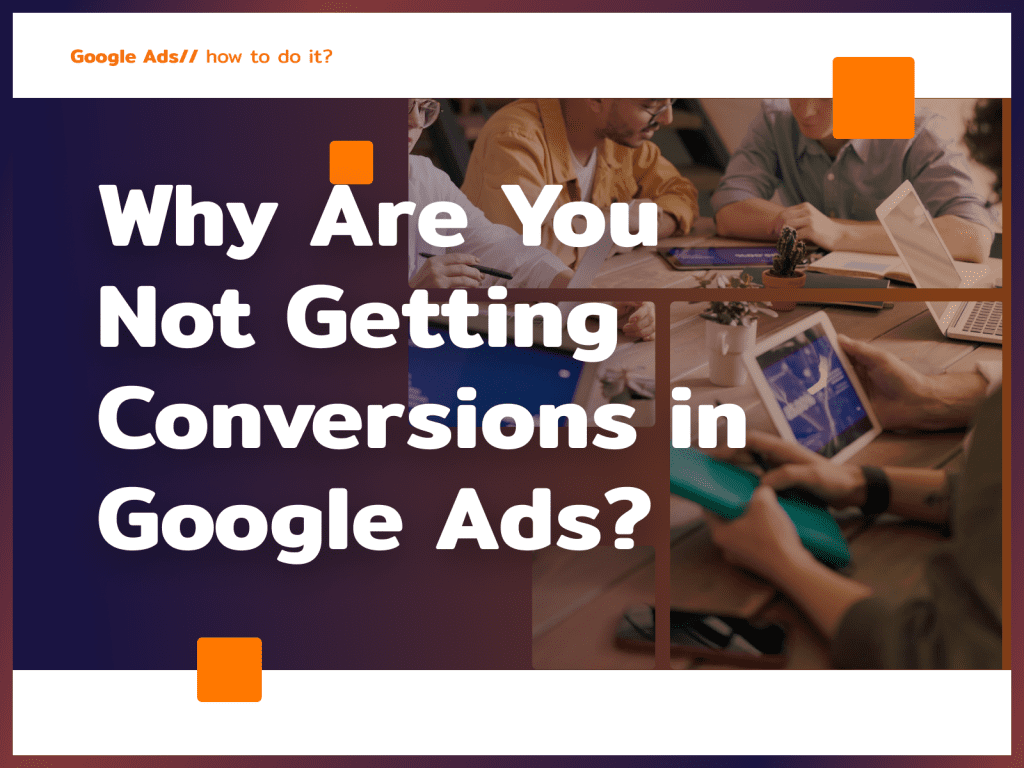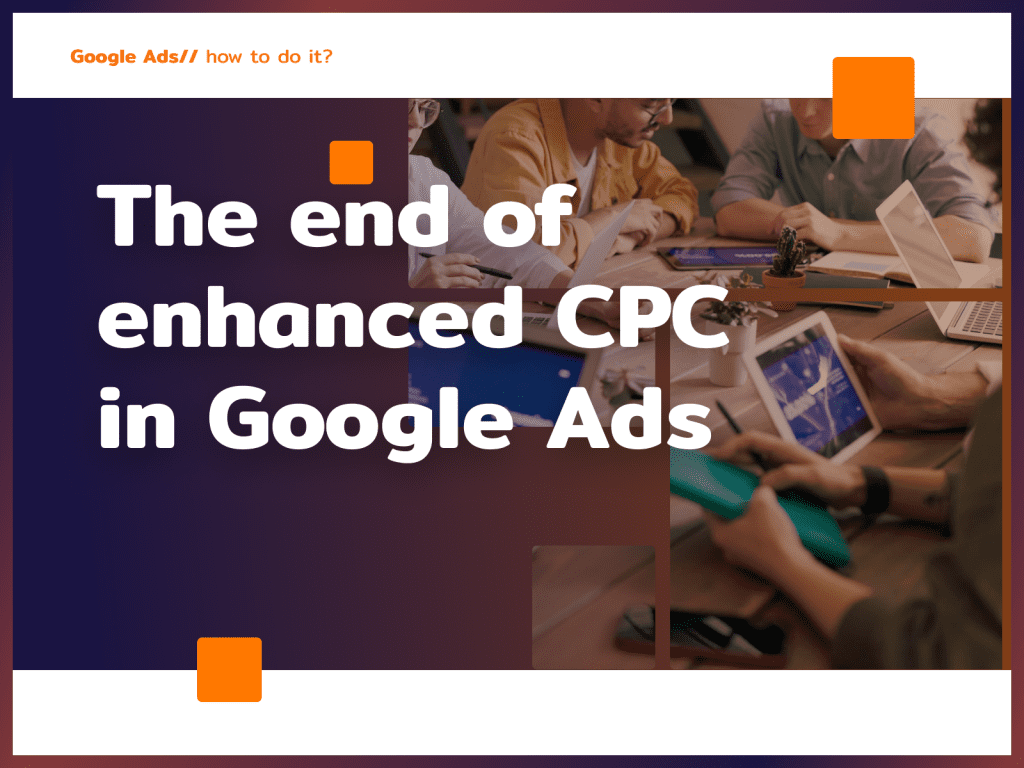Google Ads gives you a wide range of possibilities: you can also create ads for children, or at least displaying them next to content intended for them. Of course, as always, there are a number of rules here that you must adhere to if you want anyone to see your ads. So how do you prepare to advertise products or services in children’s content?
The most important rules in advertising for children
A very important part of the Google Ads network is YouTube. The site’s rules are designed to protect the youngest: it is the responsibility of any person uploading a video to inform whether the content is suitable for children. You can place various types of YouTube ads also with content aimed at the youngest, but they must meet a number of conditions. Don’t want to familiarize yourself with them? Contact me and entrust me to create and optimize your campaigns.
Stay up to date with changes in Google Ads!
Sign up for the newsletter
First, advertising to children cannot be personalized. This means that you won’t put personalized ads in your content for the youngest children, displayed to the most appropriate audiences determined by their behavior and interests. It is also worth remembering that ads must not contain tracking tags of third-party companies or any other solutions that allow the collection of personal data without the prior consent of the guardian. Google also makes sure that advertising to children does not mislead young audiences or contain content that is inappropriate for them.
As you can see, it’s okay to advertise in front of videos for the little ones, as long as the ad isn’t controversial in any way and doesn’t break Google’s rules for kids:
Examples from YouTube show that products for parents rather than children are advertised – the youngest cannot be encouraged to buy:
Restricted advertising categories
Quite a few ad categories have restrictions imposed when it comes to displaying in content intended for children. These primarily include:
- Content with erotic overtones,
- Age-restricted multimedia – movies, TV series and programs with an age category higher than G and PG,
- Uses – in this category there is both restricted and quite forbidden content (e.g., alcohol, tobacco), restricted, for example, is the advertising of e-cigarettes, smoking paraphernalia or even tours of alcohol production sites,
- Astrology, occultism and paranormal phenomena,
- Beauty – cosmetic procedures, tattoos, piercings, etc…,
- Contests and raffles – even free of charge,
- Combat sports – even martial arts lessons or self-defense courses,
- Dangerous behavior – such as fireworks, guns, hunting and even paintball,
- Food and beverages – regardless of composition and nutritional value,
- Gambling – including online and hotels with casinos,
- Spray paints,
- Video games – if the game is unsuitable for players under 12. age (inclusive) or falls into one of these categories: gambling games (even without spending real money), games with erotic content/subtext, shooters, battle games. Advertising for game skins or weapons is also restricted.
Ready to grow?
Don’t do it: unauthorized advertising content
Many of the opportunities Google provides for children also come with restrictions to protect them from content unsuitable for them. If you value controversial ads, Google Ads may not be the best place to publish them, and certainly not in content accessed by the youngest. Such advertising content as:
- Violence – drastic content intended for audiences over 13. year of age,
- Fear – you also can’t use images that cause anxiety in your ads, e.g. blood, scary clowns, skeletons, etc..,
- Vulgarities, unfunny humor,
- Significantly exposed parts of the body – including see-through clothing,
- Encouraging purchase – children must not be presented with promotions, encouraged to buy, or insisted on by parents to buy a particular project,
- Misrepresentation – advertising must not make unsubstantiated, erroneous statements.
It is not allowed to convince that a particular product will raise the social status of the buyer. Also, you can’t place a CTA if going to a link from an ad doesn’t enable you to perform that action, such as watching a video.
Some advertisers have complained that Google Ads rules are too restrictive, especially in display ads next to content suitable for children. However, we have no choice – if we want to increase sales using Google’s ad network, it is necessary to follow the rules in place. Having trouble advertising your products or services in Ads? Contact me and leave your campaign in good hands.
